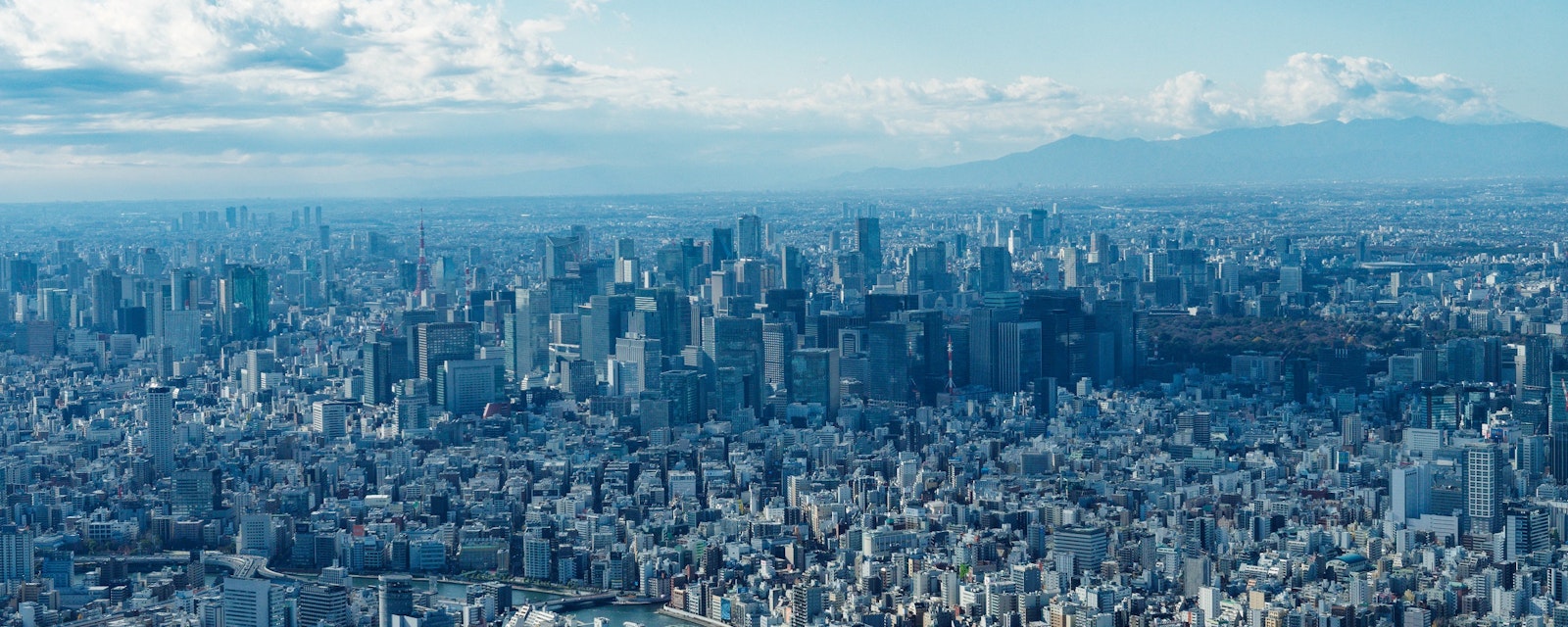Amid a flurry of activity this calendar year, the macro-level view is that Japan-US ties have surely never been better nor strategic priorities more closely aligned than they are today.
After the restoration of trust during the early part of the Biden administration, Tokyo and Washington are now breaking new ground in the diplomatic, security, and economic spheres. Below, we outline recent key developments, including the close coordination of diplomatic efforts, the growing trilateralization of defense ties (with South Korea), and semiconductors.
Diplomacy
Beginning with Prime Minister Fumio Kishida’s January trip to Washington, 2023 has been a bumper year so far for Japan-US diplomatic ties. Yuko Kishida visited first lady Jill Biden at the White House in April, the first such solo trip by a Japanese leader’s spouse; also that month, US state governors (and future Republican Party presidential hopefuls) Ron DeSantis and Glenn Youngkin paid separate courtesy calls to PM Kishida in Tokyo. Before May’s G7 Hiroshima gathering, Kishida met with President Joe Biden ahead of the main summitry; similarly, economy and trade minister Yasutoshi Nishimura met counterpart Gina Raimondo before the 27 May IPEF meeting in Detroit, and defense secretary Lloyd Austin met counterpart Hamada in Tokyo on 1 June prior to the Shangri-La Dialogue in Singapore. Both sides are clearly eager to coordinate positions and strategy ahead of major international gatherings.
The historical context is that, despite the centrality of the 1960 mutual defense treaty to both sides' foreign policies, diplomatic ties in succeeding decades have had many ups and downs—often due to trade disputes or issues arising from US bases in Japan. Ties improved after Shinzo Abe returned to the premiership in late 2012, bringing Japan into trade negotiations for the Trans Pacific Partnership (TPP) in 2013 and shepherding through the adoption of ‘collective self-defense’ in 2014-15. Trust was undermined from 2017 onward following the Trump administration’s abrupt withdrawal from the TPP and demands for massive increases in already-high payments towards stationing US Forces in Japan. The first year of the Biden administration helped repair ties, seeing the launch of IPEF-prefiguring partnerships for competitiveness and resilience, clean energy and climate, and trade. The two sides also stepped up joint planning with a view to a possible Taiwan contingency, and launched an economic “2+2” ministerial framework to complement the foreign and defense 2+2.
Security and Defense
On defense matters, Japan’s December 2022 revision to its national security framework and budget plans were warmly welcomed by Washington, which has long wanted Tokyo to play a more active role in the alliance. Japan’s planned acquisition of ‘counterstrike’ missiles will necessitate deeper-than-ever defense coordination to operationalize, while enhancements in missile defense capabilities and new capabilities in emerging domains like cyber and space will also create future avenues of cooperation.
A key development this year is the growing trilateralization of security relations between Japan, the US, and South Korea, (JUSROK) which has accelerated since Tokyo and Seoul resumed so-called ‘shuttle diplomacy’ in March. All three sides share deep concerns about China’s assertiveness and North Korea’s aggression, the latter seen most recently in Pyongyang’s failed launch of an ICBM-borne military reconnaissance satellite. The triad plans to operationalize real-time missile defense data-sharing by the end of 2023 and regularize joint anti-submarine and missile-defense drills to better respond to North Korean threats. More broadly, Tokyo's growing security ties with Australia, the UK, and the Philippines also help build out what is increasingly termed Washington's new 'latticed' model of security architecture in the Indo-Pacific.
Economy and Trade
After the Trump administration's TPP withdrawal, Japan leapfrogged the US as the foremost proponent of a more liberal trade architecture in the region—a remarkable turnaround for a country that had long insisted on deep carve-outs for ‘sacred’ domestic sectors like agriculture in prior trade negotiations. The preferential trade terms that Japan granted to other partners in the revived Comprehensive and Progressive Agreement for Trans Pacific Partnership (CPTPP) were largely equalized by the US-Japan bilateral deal agreed in late 2019. Since then, the foregoing trade liberalization agenda has largely stalled, amid US domestic political tensions and rising regional security concerns. Instead, Tokyo has become Washington’s most important partner in pursuing a new strategic trade agenda. The Indo-Pacific Economic Framework (IPEF) produced its first notable outcome recently, on supply chains, as we detailed here.
The sector that has seen most progress this year is semiconductors, and the Japan-US dimension has been central. Kishida hosted the leaders of seven top global semiconductor firms in mid-May including three US firms—Micron, which has announced a new USD 3.7bn fab investment in Hiroshima; IBM, whose technology will be key to Japan’s new private-public chip consortium Rapidus mass-producing 2nm chips by 2027; and Intel, which will conduct quantum computing research with Japan’s RIKEN scientific institute (IBM is also helping fund quantum research at the University of Tokyo).
In the second half of 2023, frequent diplomatic exchanges should continue apace. The JUSROK trilateral may reconvene in Washington in the coming weeks or at the NATO summit in Vilnius on 11-12 July if Kishida and South Korean president Yoon Suk-yeol attend as they did in 2022. In September, Japan and the US could coordinate again before East Asia Summit in Indonesia on 7-8 September and the New Delhi G20 summit on 9-10 September. Japan will likely be a key interlocutor with emerging economies in Southeast Asia and beyond as the Biden administration attempts to achieve progress towards deals in the remaining three IPEF pillars (trade, the clean economy, and the ‘fair economy’/anti-corruption) that could then be announced at the San Francisco APEC summit starting 12 November.




